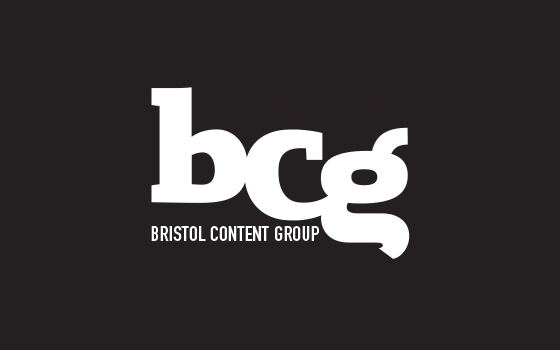Content entry is the phase of our site-build process that can sometimes seem to hide out of site, until there is a dash to meet schedule deadlines. After an intense month or more of biweekly prototyping meetings, there is a short breather for both the project management team at Newfangled and for the team on the agency and/or client side, when our developer takes the reigns and begins building the actual site. It’s at this point that the prototype can be used as a reference for the content creation. In many cases in my experience, content creation and then entry is a bigger task for clients than anticipated. We’ve made these great plans for a site, but then copy has to be written, images chosen, the CMS learned and the content entered, formatted and in many cases related by some method of secondary, suggested navigation.
The following list of tips and principles is somewhat specific to the Newfangled CMS and our site build process, but potentially useful for any CMS user at this critical stage in a new site project.
1. Content is up to the client / Content vs Design.
At some point in most projects I need to remind about the difference between CONTENT and the actual SITE, especially during the design phase, when the team is reviewing layouts showing how finished pages will actually look. It is necessary to provide some imagery in order to make mood boards and page layouts realistic and able to be evaluated; a homepage layout with an empty box for a slideshow would be useless for critique. Naturally the image we select will not be a mere placeholder, but will follow the site’s persona-informed strategy for the slideshow and comply with the overall site design. Nevertheless, image slides are CONTENT and in most cases the selection and entry of these slides are up to the client and/or agency partner.
Unless an image search is specified as part of the project, we will simply provide the client/agency with the sources of any stock imagery used in layouts, where images can be purchased in high resolution versions to be used with any print marketing initiatives.
2.Images and formatting can be added to any open content areas.
In a prototype, basic content areas are usually depicted with a chunk of Lorem Ipsum placeholder text, but these areas would be best formatted with subheadings and images, if appropriate. The ideal looks something like the images in this blogpost. Of course if the page requires an image, like a product detail page might, we will have prototyped and built a slot in the back end to display the image in the template. But clients should keep in mind that an image can be inserted into any open content area to add visual interest and emphasis. Even a small image or graph can make a page more digestible.
3. Resize images first, before uploading through the formatter.
The formatter tool in our CMS can resize images, but I always suggest that images be resized before being uploaded, to avoid possible distortion. An image editing program is good to have, afterall their purpose is to manipulate images, which is not the case with a formatter–the mini word processor for each open content area. I have used Photoshop (Elements) and Adobe Fireworks, and Gimp is the free equivalent of Photoshop.
4. When making any internal links, use the relative path, not the absolute path.
When linking within the site, either in an open content area controlled by the formatter tool or in any custom url slot, use everything after the .com. For instance, to link to “www.website.com/this_is_the_page”, make the link to “/this_is_the_page”.
Sites under construction are password protected and reside on our staging server, which has a url like http://website.newfangled.com/. When we take a site live we copy the staging site in its entirety to a live server at Rackspace, so any links to the staging site in the content will be broken.
5. Form Notification Email Addresses
In most cases the forms on Newfangled sites, even if integrated with a CRM, post to the database, where they can be seen individually in a content list and from which they can be exported in a batch to a spreadsheet. An email notification is sent with every from submission, and the notification address is a final detail that should be checked before going live.
For NewfangledCMS users, form addresses can be entered at Do > Forms > Form Settings.
6. Don’t forget to create 301 Redirects!
These are worthy of their own blog post, but briefly, 301 redirects can be set in the CMS and they will direct a user from an “old url,” say, www.website.com/a_page_ on_the_now_way_outdated_site, to the desired page on the new site, like www.website.com/a_nice_concise_url.
Users may have old URLs bookmarked or remembered in their browsers, or there may be links out there in the world, and 301 Redirects will preserve traffic and direct it to a new page. Also, if a user followed a newly defunct link it would return a 404 error, which could be noticed by Google and negatively affect search ranking. To set these up in our system you only need to deal with the relative paths (the urls after the “.com”). The most important pages to make 301 redirects for are high traffic pages that you suspect users may go to again after the new site is live – top level pages, pages of particular high interest, high use.
